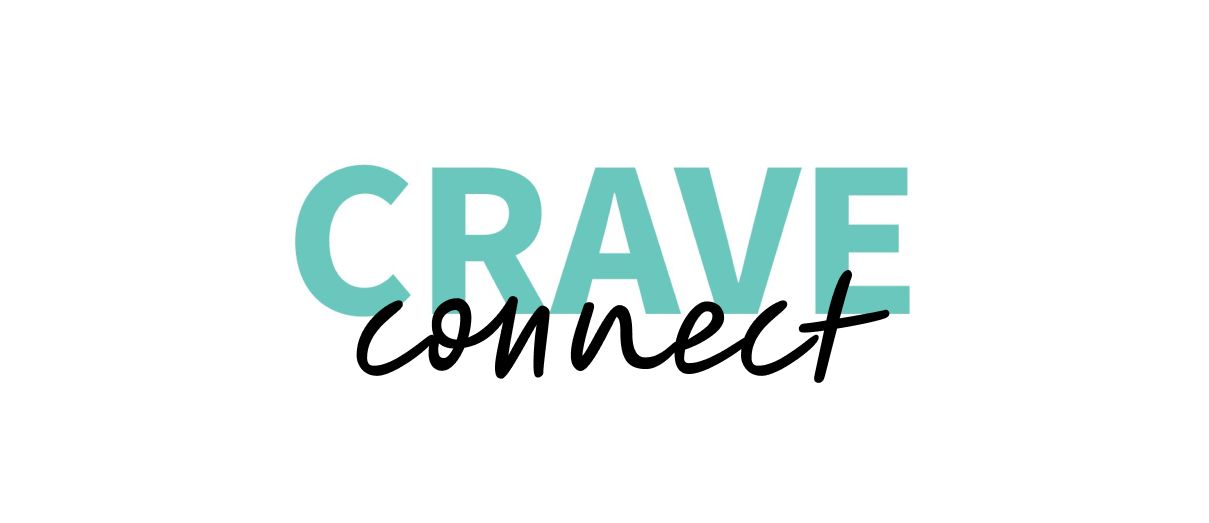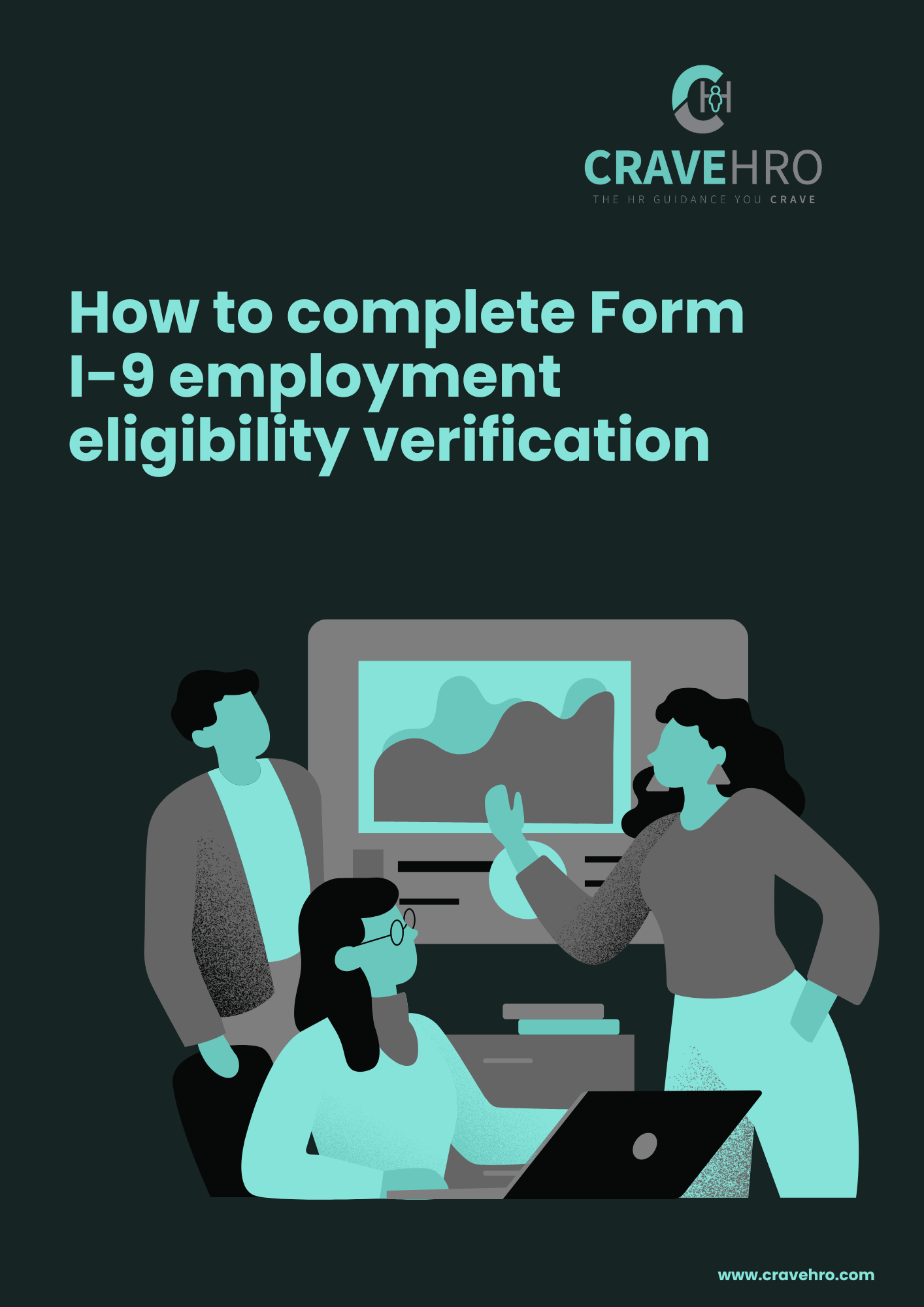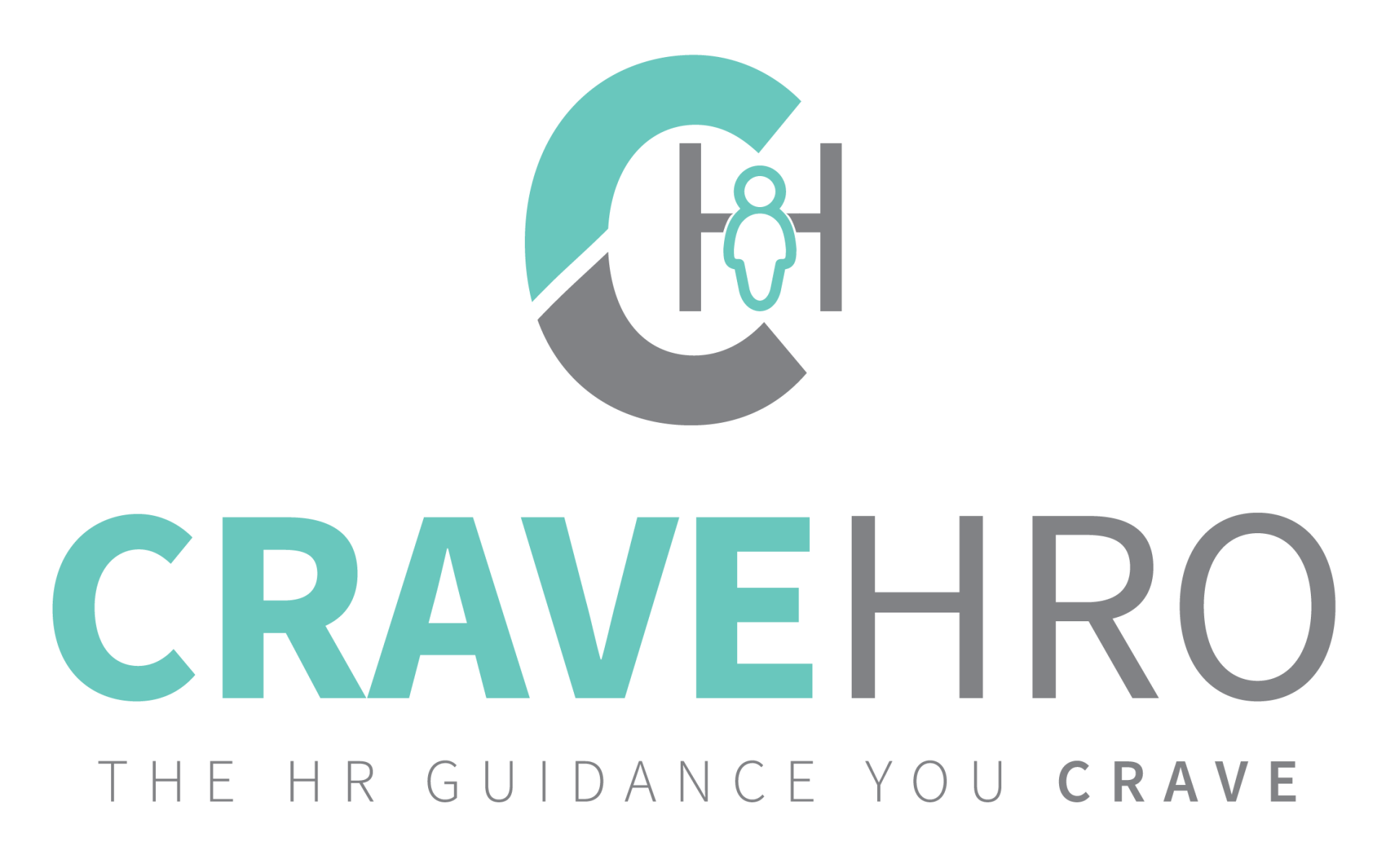Can you predict who will quit before they do?
Losing a key team member doesn’t just mean recruitment costs – it disrupts your business and inevitably slows down growth.
So, rather than waiting for your best employees to hand in their notice...
It's much better to take a preventative approach and put measures in place to keep your best performers happy.
With the right data, your business can predict who's at risk of leaving.
In our latest update, we explain the easiest way to get these important insights.
Read it below.

Employee turnover is expensive...
Losing a key team member doesn’t just mean recruitment costs. It disrupts your business, impacts productivity and slows down growth.
So, is there a way for you to predict who will quit before they do?
Big corporations, like Credit Suisse, have used employee turnover analytics to predict who is likely to leave and why. By proactively addressing turnover risks, they saved $70 million a year.
Now, you might be thinking...
That’s great for a massive company, but what about my small business?
Here’s the good news.
You don’t need a corporate-sized budget to use data to reduce staff turnover.
How small businesses can predict and prevent turnover
You might not have an AI-powered algorithm, but you do have access to valuable insights within your own business.
Here’s where to start:
Exit interviews and employee feedback
Are people leaving for the same reasons? Pay, workload, lack of growth? Identifying patterns can help you to fix the real issues.
Engagement trends
Employees who disengage (fewer contributions, reduced enthusiasm, increase in absences) might be on their way out.
Salary and promotion history
If someone has been passed over for a raise or promotion multiple times, they may already be looking elsewhere.
Manager check-ins
Regular one-to-ones can highlight concerns before they become reasons to leave. Employees rarely quit overnight – there are always signs.
What to do when you spot a retention risk
Once you’ve identified employees who might leave, act fast.
Retention conversations
If a key employee is at risk, talk to them. What would make them stay?
Career development plans
Employees who see a future in your business are far less likely to leave.
Workload balance
Burnout is real. Make sure expectations are realistic.
Recognition and rewards
A simple "thank you" goes a long way. Ensure that people feel valued.
The reality is, losing employees isn’t just a big business problem – it’s a major issue for small businesses where every team member counts.
If you’re concerned about turnover and want to create a plan to keep your best people, get in touch.











